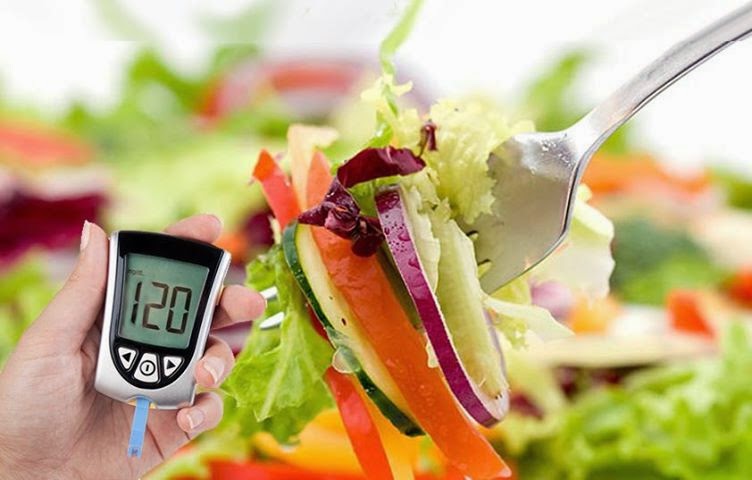For the diabetic, knowing what to eat, what foods to avoid, and how to achieve and maintain a healthy weight can seem very difficult.
To complicate matters even worse, there is no specific diet for diabetics. Help is available to make sure you have the information you need to learn and understand about diabetes diet guidelines.
Not following diabetes diet guidelines, is a common mistake made by most diabetics. Many diabetes don't understand the needs of diabetes diet guidelines...or how closely tied to good diabetic control the food you eat can be.
The American Diabetes Association has what's called the Diabetes Food Pyramid. Designed much like the revised (2005) version of the USDA's Food Pyramid, this pyramid provides excellent information and diabetes diet guidelines to help you gain control of your blood sugars, your weight, and your diabetes.
Gain Better Control Of Your Diabetes Today Using Diabetes Diet Guidelines
The diabetes food pyramid is divided into six groups. The size of the groups varies. The larger the group, the more servings per day of foods within that group should be consumed.
Grains and starches (carbohydrates) is the largest group. This includes foods such as rice, pasta, breads, and cereals, potatoes, corn, peas, and some beans. The recommended number of servings per day is 6-11. Most people should use the lower number of servings.
The next group is vegetables. Vegetables are naturally low fat. This makes them a good food choice for everyone. Spinach, broccoli, cabbage, cauliflowers, carrots, tomatoes, lettuce, and cucumbers are examples of vegetables in this group. Please note the more starchy vegetables like potatoes, corn, and others are in the grains and starches group. The recommended number of servings per day for this group is 3-5.
The middle layer of the Diabetes Food Pyramid is fruit. This group also contains some carbohydrates. Berries, melons, apples, bananas, peaches, grapes, and other fruits are found in this group. The recommended number of servings is 2-4 per day.
Following the fruits is the milk group. This includes milk and milk products. For those trying to reduce their weight and cholesterol choose low-fat dairy products. Recommended servings are 2-3 per day.
Almost at the top of the pyramid is the meat group. The meat group includes chicken, beef, turkey, fish, eggs, dried beans, cheese, and peanut butter. You only need 4-6 ounces servings per day.
At the top of the pyramid are the fats, sweets, and alcohol group. This group should be avoided. Most recommend keeping your portion sizes small and only having these foods on special occasions.
While diabetes diet guidelines do have some basic principles the best meal plan for you can only come by consulting with a nutritionist, with diabetes experience. Nutritional needs of diabetes vary from person to person. For example, a thin type 1 diabetic with kidney disease won't have the same needs as an overweight type 2 diabetic
By evaluating your needs individually, diabetes diet guidelines can be established especially to meet your specific health and weight needs. A nutritionist will also be able to help you learn to make good choices when dining out, during holidays, and other "special times." The nutritionist will also be able to factor in your likes and dislikes to create the best diabetes diet guidelines for your particular situation.
Don't think of the diabetes diet guidelines as a diet. Think of it as your ticket to better control...and a healthy and happy life.
Article Source: http://EzineArticles.com/323076


This post have 0 COMMENT